
|
Vol 75 |
Page 11 |
Privacy Policy | Editorial Policy | Profit Policy | Join the Association | List of Members | Contact us | Index | Links
Back Go to page: 1 2 3 4 5 6 7 8 9 10 11 12 13 14 15 16 17 18 19 20 Forward
Veterans and Veterans Families Counselling Service (VVCS) can be reached 24 hours a day across Australia
for crisis support and free and confidential counseling. Phone 1800 011 046.
VVCS is a service founded by Vietnam Veterans.

Health and Life-style.
Contents.
Does sex after a heart attack lead to a longer life?
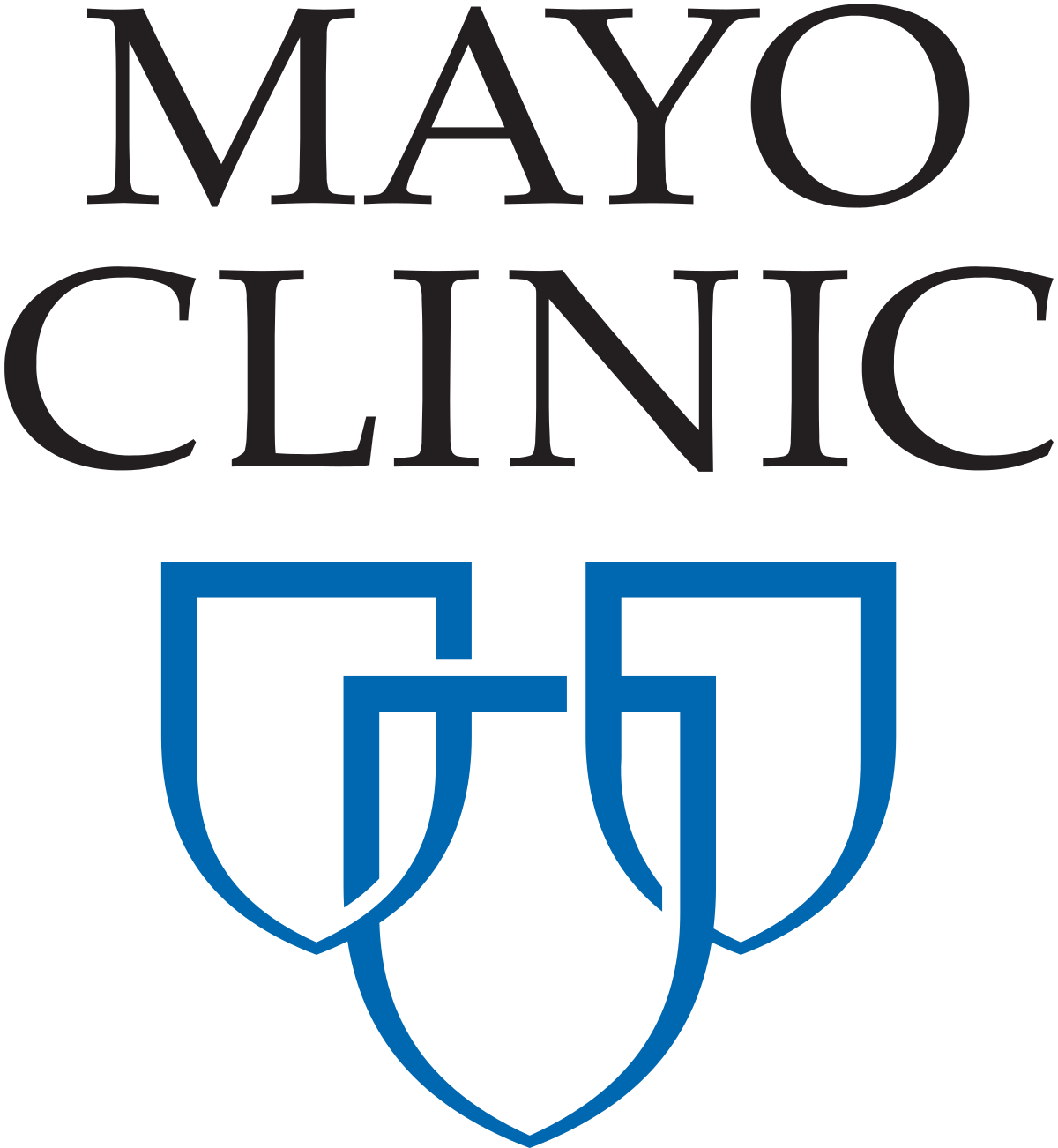
The research is in: Sexual activity after a heart attack isn't just safe for most people; it could actually lead to a longer life. According to a recent study, sexual activity can be less physically taxing to the heart than many people may think. While sex does increase heart rate and blood pressure, the physical demand on the body is about the same as climbing 2 flights of stairs or jogging slowly.
Still, heart attack survivors should talk to their doctors before returning to any moderate physical activity, including sex. It's common to wait a few weeks before resuming sexual activity. In some cases, doctors might recommend an exercise stress test first.
For 22 years, researchers tracked 495 people who had their first heart attacks in 1993. Most of them were male with an average age of 53. Study participants who returned to their previous levels of sexual activity within 6 months were 35% less likely to die of any cause. They were compared with those who cut back on sexual activity or stopped altogether after a heart attack. The study shows that sexual activity can be important to quality of life and overall health when recovering from a heart attack.
So! Go for it we say!!
Sex and age.
Q. Now that my wife and I have both turned 90, she has suggested I should “act my age” and modify our sexual activity to a maximum of three times per week. I’m not happy about it. Is she right?

A: Readers might think this is a joke question, but I think you’re genuine: you specifically asked that your real name and address not be published “because neighbours may be jealous”, and I noticed your phone number is a landline, so you’d have to be at least over 80.
On top of that, your question supports my theory that older people make the best lovers: once you turn 50, you start treating sex like a weekend DIY home project. You always do it properly, you do it slowly, you stop every 20 minutes for a cup of tea so you can stand back and admire your work: “Yep, happy with that. Now to apply massage oil to the legs. Two coats. Work it into the grain. Gonna come up a treat.”
Following this line of reasoning, 90-year-olds would make the greatest lovers of all: you’d be gentle, attentive, creative. You just need to keep your reading glasses handy for close-up work, wear gardening knee-pads to protect the joints and install mobility grab-handles on the bedhead for moving up and down (with two smaller mobility love-handles on each side of your partner).
But, I have to say, more than three times a week is pretty active for any age group and your wife must be exhausted. Sex might be the secret to longevity, but it could also be the end of it. Be happy with three and I’m sure every reader would join me in saying, good luck to you both and keep it up – whether it’s with pills, herbs, supplements, willpower or a dab of J-B Weld epoxy adhesive.
Covid protection.
Those holding out for the arrival of the Pfizer vaccine believing it to offer better protection against COVID than the AstraZeneca may be risking their health for no additional benefit, according to the latest research. Australia’s vaccine rollout has been slowed in part by the reluctance of people to embrace the AstraZeneca vaccine, based on conflicting information from government bodies and medical experts. But new research shows that when fighting the highly infectious Delta variant, two shots of the AstraZeneca vaccine provide just as much protection as two shots of Pfizer in the long run, despite initial higher rates of protection provided by Pfizer.
“Two doses of Pfizer-BioNTech have greater initial effectiveness against new COVID-19 infections, but this declines faster compared with two doses of Oxford-AstraZeneca,” researchers say. “Two doses of either vaccine still provided at least the same level of protection as having had COVID-19 before through natural infection”
The AstraZeneca vaccine has had a troubled history in Australia. Initially touted as the nation’s saviour, homegrown AstraZeneca production facilities quickly sprang up and manufacturing kicked into gear.
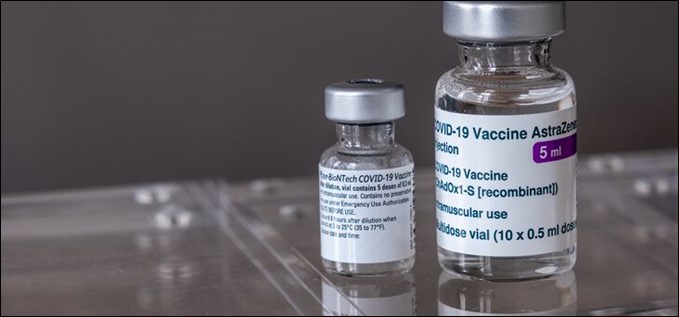
But everything changed for AstraZeneca on 8 April, when Prime Minister Scott Morrison announced in a late-night press conference that due to an extremely rare but very serious risk of blood clots, particularly in younger people, the Pfizer mRNA-based vaccine would be recommended for those under 50. Just days later, that advice was changed to people under 60. The problem was that supplies of Pfizer were scarce in Australia and more wouldn’t be arriving any time soon. The situation was concerning, but most people remained content to wait for the arrival of more Pfizer as case number remained relatively low.
Since then, the much more infectious and deadly Delta variant has arrived in the country, crippling the economy with another round of stressful and drawn-out lockdowns putting the majority of the country’s population under strict lockdown. The Australian Technical Advisory Group on Immunisation (ATAGI) now recommends that for those living in an outbreak area, the benefits of having the AstraZeneca jab outweigh the comparatively small risk of complications.
“ATAGI reaffirms previous advice that in a large outbreak, the benefits of the COVID-19 vaccine AstraZeneca are greater than the risk of rare side-effects for all age groups,” ATAGI says. The pressing need for mass vaccination is obvious but there is a lingering reluctance among those under 60, particularly those aged 18-39, to get the widely available AstraZeneca jab. The take-up of AstraZeneca was hampered even further recently when the PM made a surprise captain’s call announcement that those in the 18-39 age group could begin making appointments to receive the Pfizer vaccine from 30 August.
The news was welcomed, but state premiers urged their constituents not to wait for the promised Pfizer doses to arrive and to make a booking for the AstraZeneca dose as soon as possible. Medical professionals echoed the calls not to dismiss AstraZeneca completely. “For people aged 16 to 39 who are champing at the bit for a Pfizer vaccine, it’s important to be aware you probably won’t be able to get one the day bookings open. It may well be that you have to wait weeks for an appointment,” Deakin University chair in epidemiology Catherine Bennett wrote for The Conversation.
“So, if you were already considering getting the AstraZeneca vaccine, or if you’ve already booked an appointment, stick with that. “It’s a highly effective vaccine, the risk of any complication is incredibly small, and the benefits are significant.”
There may be a way to stretch the limited supply of the Pfizer vaccine a bit further, with studies showing that receiving a first dose of AstraZeneca and a second dose of Pfizer is not only safe and effective, but may even provide greater protections than two doses of the same type. The ‘mix-and-match’ approach would allow more people to be vaccinated more quickly to meet the 70 and 80 per cent goals for lockdowns to be eased and lifted.
HERE’s an interesting video, good music too.
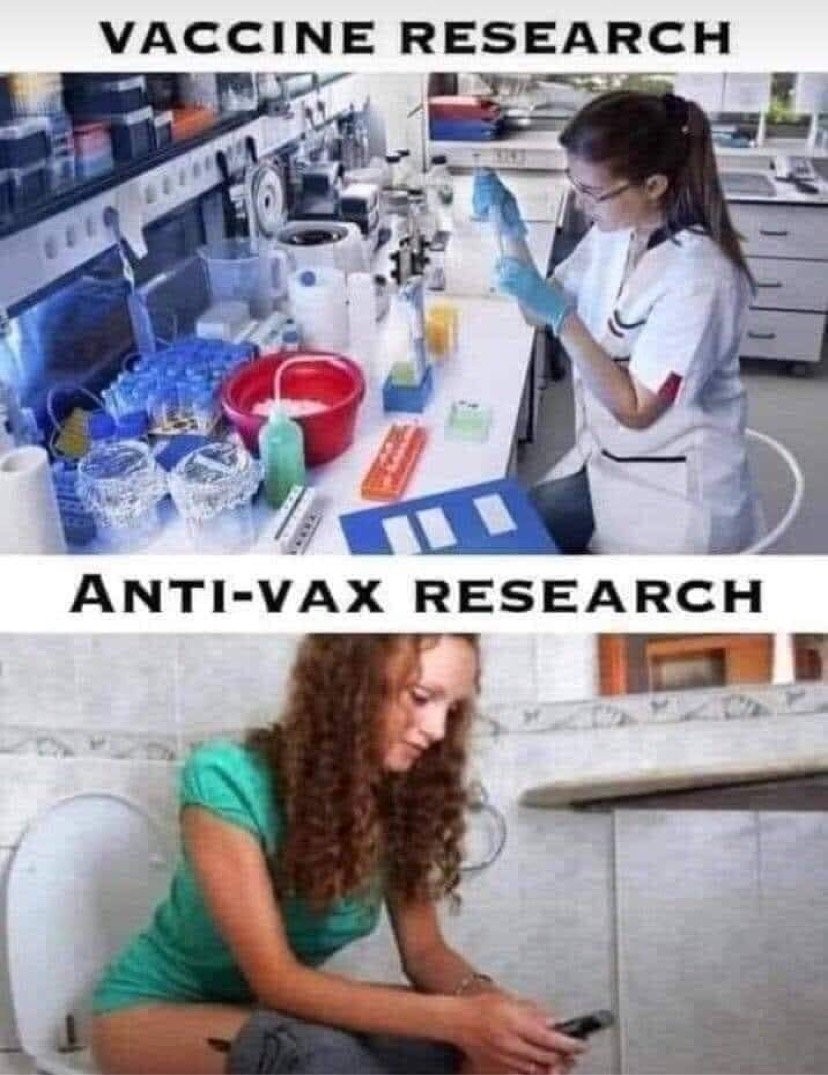
Toilet paper.
If you're running out of toilet paper, don't buy the expensive big brand stuff from the supermarkets, there is a better way - see HERE.

Dos and don'ts after a blood clot.
What is a blood clot?
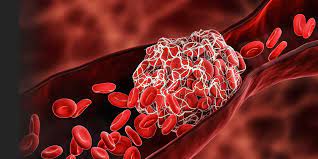
A blood clot that forms in the deep veins, usually in a person’s leg or arm, is called deep vein thrombosis (DVT). Essentially, it’s a lump of blood that has changed from a liquid to a gel-like or semisolid state. Blood clotting is necessary in certain situations, for example, to stop you from losing too much blood after an injury. If a clot forms inside a vein though, it won’t always dissolve on its own and can become dangerous or even life-threatening.
Sometimes these clots break off and travel to the lungs. This is a more serious medical condition called a pulmonary embolism (PE) that requires immediate medical attention.
Signs and symptoms of a blood clot:
-
swelling, usually in one leg or arm
-
leg pain or tenderness that feels like a cramp
-
reddish or bluish skin discolouration
-
leg (or arm) warm to touch.
The signs and symptoms of a PE include:
-
sudden shortness of breath
-
chest or back pain – sharp, stabbing; may get worse with deep breath
-
rapid heart rate.
What is the treatment for blood clots?
The primary treatment is a medication that prevents abnormal clotting, known as an anticoagulant or blood thinner. Blood thinners increase the time it takes for blood to clot, stop new blood clots from forming and keep existing clots from growing larger. Blood thinners don’t dissolve a clot but, by preventing clots from getting bigger, they allow your body’s own clot busting system time to dissolve them.
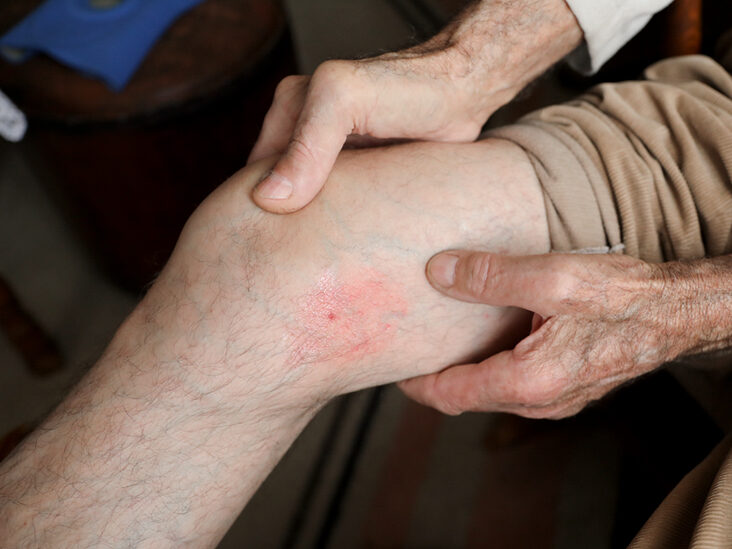
Most people are fully healed from a DVT within a few weeks or months but there are some lifestyle factors you need to keep in mind to prevent another blood clot.
The dos and don’ts after a blood clot.
Do: watch for signs of another blood clot
If you’ve had a DVT in one of your legs or arms, it’s sometimes normal for that limb to stay slightly swollen after treatment, but keep an eye out for new or worsening pain and discolouration. Pressure and cramping can also signal a new DVT.
Do: know your odds
If you’ve had a blood clot before, your chance of another one is higher. Your risk is also greater if you:
-
have cancer
-
are on birth control or hormone therapy with oestrogen
-
have a chronic illness such as heart and lung conditions, or diabetes
-
have a blood clotting disorder
-
are over 40
-
are overweight or obese
-
smoke
-
are confined to bed
-
sit for long periods, especially with legs crossed.
Don’t: injure yourself
If your doctor prescribed blood thinners, they can make you more likely to bleed from small injuries. Be extra careful when chopping vegetables, and even when trimming your nails. You should wear safety equipment and appropriate gloves when working with sharp tools and check with the doctor for any activities you should avoid.
Don’t: eat the wrong foods
If you’re on certain medications like warfarin, you’ll need to watch what you eat. Vitamin K can interact with the drug, so you have to be careful about the amounts of kale, spinach, Brussels sprouts, chard and collard greens you eat. Green tea, cranberry juice and alcohol can also affect blood thinners so make sure you check with your doctor about what you should avoid.
Do: get moving
Exercises like walking and swimming can get your blood flowing and help you heal after a clot. They also might make you feel better in yourself. If you had a PE, activities that get your heart pumping, like running or dancing, can make your lungs stronger. But talk to your doctor first about how much is right for you.
Do: tell the doctor about other medications you’re on
Aspirin can interact with warfarin and other blood thinners and raise your chances of major bleeding. Some antibiotics can also keep medicines from working as they’re supposed to. You should also be careful with over-the-counter herbal supplements including, ginseng, flaxseed and fish oil.
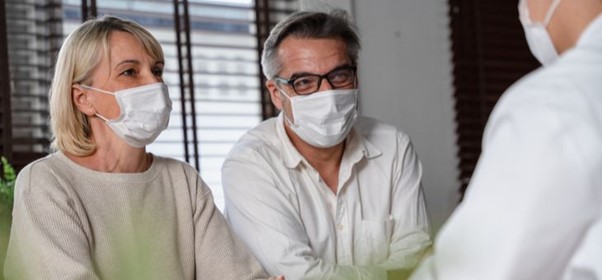
Do: share information.
Let all medical professionals who treat you know that you’ve had a blood clot of any kind. If you’re on blood thinners, tell your dentist when you make an appointment, they may have special instructions that you have to follow before your visit.
Do: ask about compression stockings
These special tight-fitting socks keep a certain amount of pressure on your leg, and that can help with blood flow after a DVT. Your doctor might also recommend them after a PE to boost your circulation.
Do: travel smart
Take breaks often when driving to stretch your legs. Deep knee bends are especially good at getting the blood flowing. When on a long flight, try to move around the cabin once an hour. Rotate and flex your ankles to keep the blood flowing and drink plenty of water to stay hydrated.
Do: watch your weight
Being overweight or obese can strain your veins and make them weak. If you have diabetes, ensure it’s well-controlled to avoid any damage to blood vessels.
Don’t: sit for too long
Set an alarm to remind yourself to get up and get moving every two hours. If the DVT was in your leg, try to avoid crossing your legs when you sit. Be mindful of this when travelling.
Don’t: be afraid to ask for help
It’s normal to be worried about having another DVT, but talking about it may help, whether it’s with a friend or family member or a professional. If necessary, you can get a referral for therapy or medication for your anxiety.

Mental health support for DVA White Card holders.
On the 11th August, 2021, the Minister for Veterans’ Affairs Andrew Gee has announced the Coordinated Veterans’ Care (CVC) Program has been expanded to provide additional support for Department of Veterans’ Affairs (DVA) White Card holders with an accepted mental health condition.
Previously open only to DVA Gold Card holders, the CVC Program engages general practitioners and practice nurses to provide veterans in need with a multi-disciplinary care team, who develop and deliver comprehensive care plans to suit the individual needs of each veteran.
Minister Gee said “The Australian Government is focused on addressing veteran mental health and suicide prevention within the Defence and veteran community. Expanding this program to Veteran White Card holders provides veterans with complex needs with the support they require to receive the best possible medical treatment”.
White Card holders need to have an accepted chronic mental health condition and meet the other eligibility criteria of the CVC Program. For more information on the CVC Program and eligibility visit the DVA website.
If you, or someone you know, needs immediate mental health support, you can contact:
-
Lifeline Australia – 13 11 14
-
Suicide Call Back Service – 1300 659 467
-
Open Arms (current and ex-serving ADF personnel and their families are able to seek this free and confidential support) – 1800 011 046
-
ADF Mental Health All-hours Support Line (for current serving ADF personnel and their families) – 1800 628 036.
-
Safe Zone Support (for current and ex-serving ADF personnel and their families) – 1800 142 072. When you call Safe Zone Support, you do not need to identify yourself if you do not want to.
You can also contact you local RSL Sub-Branch, click the state below to find one close to you.
|
|
Sugar.
Sugar is bad for you – see HERE.

Keep in touch with family and friends – it’s important.
A man and his dog were walking along a road The man was enjoying the scenery when it suddenly occurred to him that he was dead. He remembered dying and that the dog walking beside him had been dead for years. He wondered where the road was leading them. After a while, they came to a high, white stone wall along one side of the road. It looked like fine marble. At the top of a long hill, it was broken by a tall arch that glowed in the sunlight. When he was standing before it, he saw a magnificent gate in the arch that looked like mother-of-pearl and the street that led to the gate looked like pure gold. He and the dog walked toward the gate, and as he got closer, he saw a man at a desk to one side.
When he was close enough, he called out, "Excuse me, where are we?” "This is Heaven, sir," the man answered. "Wow! Would you happen to have some water?" the man asked. "Of course, sir. Come right in, and I'll have some ice water brought right up." The man gestured, and the gate began to open. "Can my friend," gesturing toward his dog, "come in, too?" the traveller asked. "I'm sorry, sir, but we don't accept pets.” The man thought a moment and then turned back toward the road and continued the way he had been going with his dog.
After another long walk, and at the top of another long hill, he came to a dirt road leading through a farm gate that looked as if it had never been closed. There was no fence. As he approached the gate, he saw a man inside, leaning against a tree and reading a book.
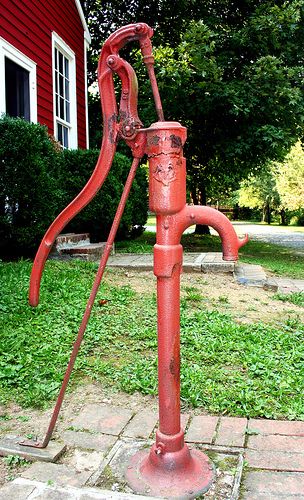
"Excuse me!" he called to the man. "Do you have any water?” "Yeah, sure, there's a pump over there, come on in.” "How about my friend here?" the traveller gestured to the dog. "There should be a bowl by the pump," said the man. They went through the gate, and sure enough, there was an old fashioned hand pump with a bowl beside it. The traveller filled the water bowl and took a long drink himself, and then he gave some to the dog.
When they were full, he and the dog walked back toward the man who was standing by the tree. "What do you call this place?" the traveller asked. "This is Heaven," he answered. "Well, that's confusing," the traveller said. "The man down the road said that was Heaven, too.” "Oh, you mean the place with the gold street and pearly gates? Nope. That's Hell.” "Doesn't it make you mad for them to use your name like that?” "No, we're just happy that they screen out the folks who would leave their best friends behind.”
So-o-o-o. Now you see, sometimes, we wonder why friends keep forwarding stuff to us without writing a word. Maybe this will explain it.
When you are very busy, but still want to keep in touch, guess what you do? You forward emails! When you have nothing to say, but still want to keep contact, you forward jokes!
When you have something to say, but don't know what, and don't know how . . . . You forward stuff! A 'forward' lets you know that:
-
You are still remembered,
-
You are still important,
-
You are still loved,
-
You are still cared for.
So, next time if you get a 'forward', don't think that you've been sent just another forwarded joke, but that you've been thought of today and your friend on the other end of your computer wanted to send you a smile. You are welcome at my water bowl anytime!
So here's to keeping in touch. Even if it means only forwarding on an email!
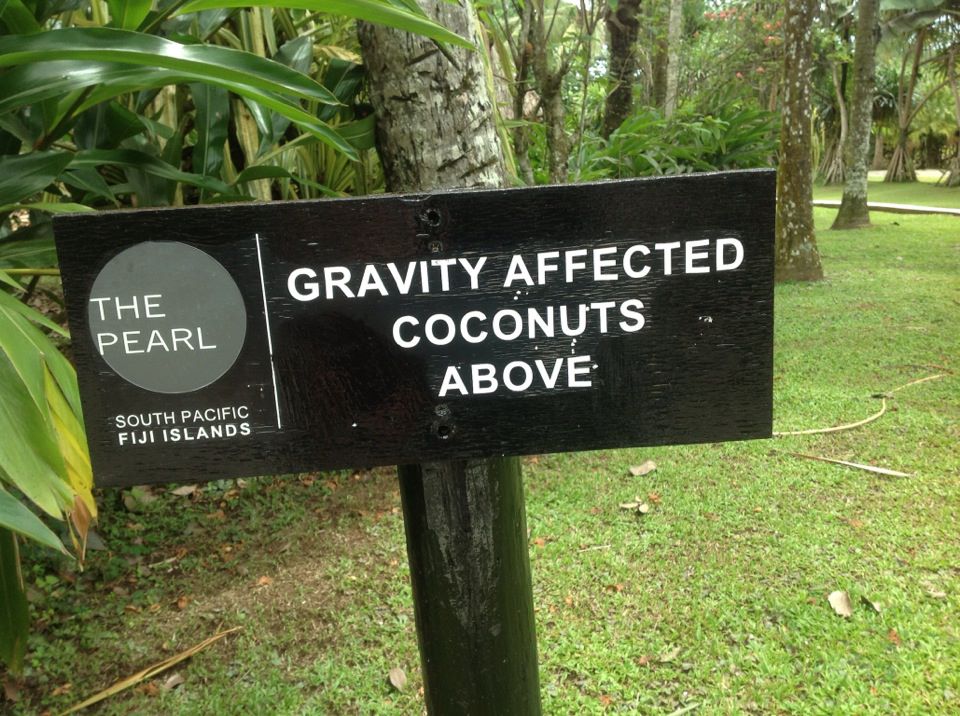
Foodswitch
Making even small changes to our diets, such as consuming a little less salt and added sugar and eating less fat (particularly saturated fat) and energy (kilojoules) could prevent many health problems including high blood pressure, high cholesterol, obesity and type 2 diabetes. This could in turn help reduce the incidence of heart attacks, strokes and some cancers.
Starting in the supermarket aisle, the FoodSwitch App empowers you with access to information to help you make informed decisions about what you eat.
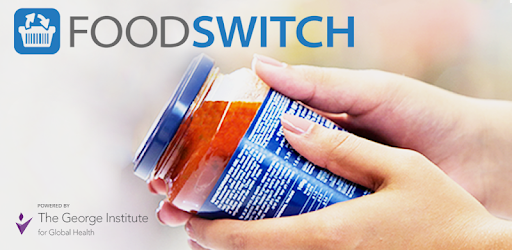
By scanning the barcode of a food item, FoodSwitch presents you with immediate, easy-to-understand information about that product’s nutritional make-up. Results are presented as either a simple 'Health Star Rating' which scores a food between 0.5 stars (least healthy) to 5 stars (healthiest), or as colour-coded 'traffic light' icons that show key nutrients as green (good), amber (so-so), and red (bad). FoodSwitch also presents a list of similar foods that are healthier alternatives.
How FoodSwitch works
FoodSwitch works by using the phone’s camera to scan the barcode of a packaged food. It then uses science-based algorithms to calculate and then display simple nutrition profiles based on the nutrition content of the food. When you scan a food product you’ll also get a list of healthier choices you can switch to. The core FoodSwitch filter generates healthier choices by calculating the overall nutritional quality of foods. It uses the Health Star Rating algorithm to assess a range of different factors important to general health such as the amount of saturated fat, sugars, salt, energy, protein, dietary fibre, fruit, vegetables, nuts, legumes and for some products, calcium.
If you’re watching what you eat, FoodSwitch is a very handy tool, it’s produced by Bupa (British United Provident Association) and it’s free, you can get it on Android or Apple phones.
You’ll find more info HERE.
Does drinking alcohol affect your blood pressure?

Drinking too much alcohol can raise blood pressure to unhealthy levels. Having more than three drinks in one sitting temporarily raises your blood pressure, but repeated binge drinking can lead to long-term increases. To understand how much alcohol is too much and how cutting back can lower your blood pressure, it may be helpful to know the definitions of excessive drinking.
-
Binge drinking is defined as four or more drinks within two hours for women and five or more drinks within two hours for men.
-
Moderate drinking is up to one drink a day for women, two for men.
-
Heavy drinking is more than three drinks a day for women, four for men.
Heavy drinkers who cut back to moderate drinking can lower their top number in a blood pressure reading (systolic pressure) by about 5.5 millimeters of mercury (mm Hg) and their bottom number (diastolic pressure) by about 4 mm Hg.
If you have high blood pressure, avoid alcohol or drink alcohol only in moderation. For healthy adults, that means up to one drink a day for women and up to two drinks a day for men.
A drink is 355 mil of beer, 150 mil of wine or 45 mil of 80-proof distilled spirits. That’s not a lot! Keep in mind that alcohol contains calories and may also contribute to unwanted weight gain — a risk factor for high blood pressure. Alcohol can interact with certain blood pressure medications, affecting the level of the medication in your body or increasing side effects.
Do you know your blood pressure?
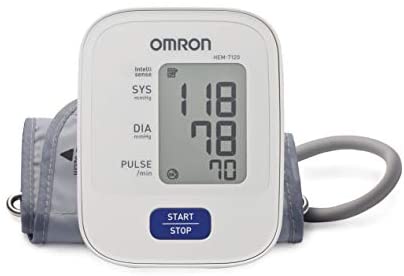
If you can't remember the last time you had your blood pressure checked, make an appointment with your doctor. You can have high blood pressure for years without a single symptom. Generally, ask your doctor for a blood pressure reading at least every two years starting at age 18. If you're age 40 or older, or you're age 18-39 with a high risk of high blood pressure, ask your doctor for a blood pressure reading every year.
He or she may recommend more-frequent readings if you have high blood pressure or other risk factors for heart disease.

BMI
Body mass index (BMI) is a formula that uses weight and height to estimate body fat. A high BMI is associated with an increased risk for chronic diseases such as heart disease, high blood pressure, and type 2 diabetes in adults. It provides a reasonable estimate of body fat for most people, however, it has limitations. For example, BMI may:
-
Underestimate body fat for older adults or people with low muscle mass
-
Overestimate body fat for people who are very muscular and physically fit
In addition, BMI may underestimate risk for people of Asian descent, in part because it doesn't factor in the risk conferred by excess abdominal fat, therefore, it's useful to look at waist size (measured slightly above the hipbones in adults) in addition to BMI. Health risks go up with increasing waist size, regardless of BMI.
You can get an estimate of your BMI HERE.
Back Go to page: 1 2 3 4 5 6 7 8 9 10 11 12 13 14 15 16 17 18 19 20 Forward